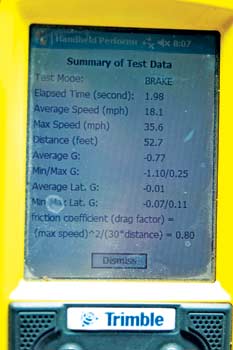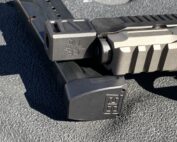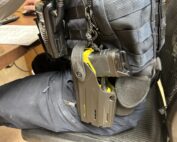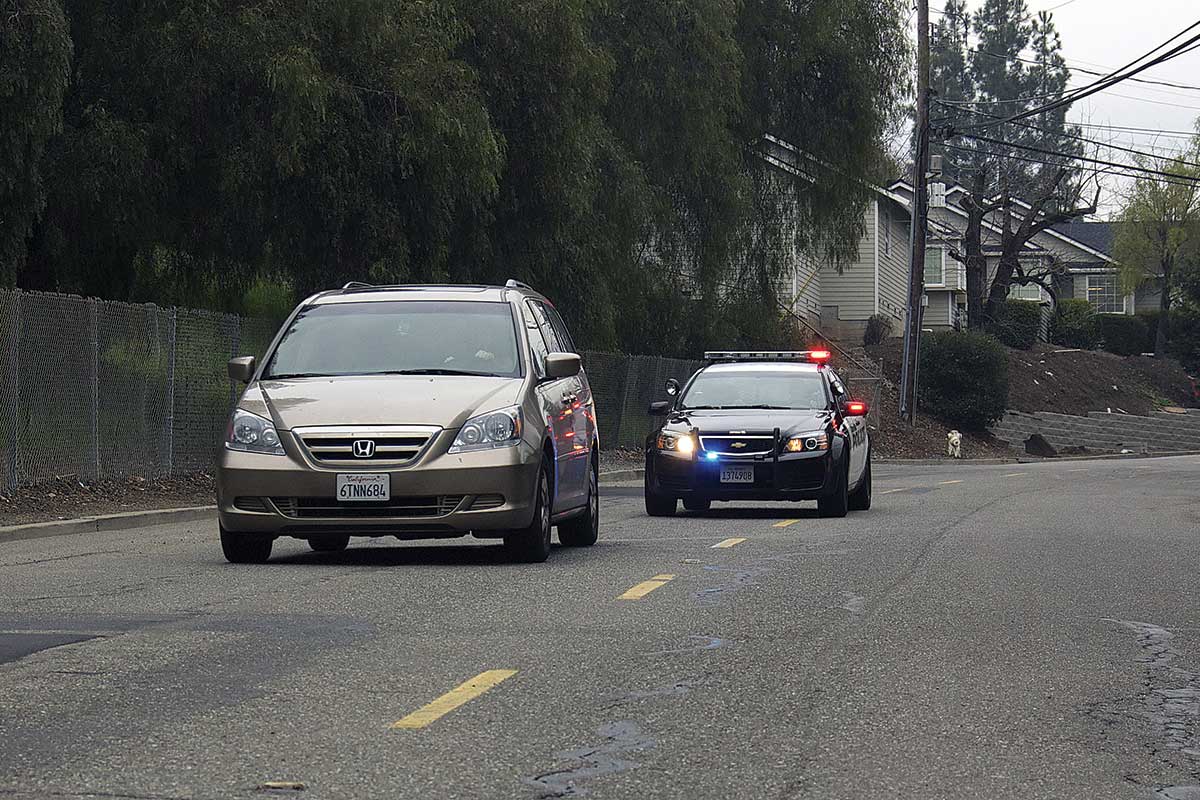
IMG_0023
The Accelerometer
If you’ve spent any time around accident reconstructionists, you’re familiar with the equation √30df. We tend to geek out when we happen upon some pristine tire friction marks at the scene of a collision (those are skid marks for you uninitiated). The “30” is a constant number people a whole hell of a lot smarter than the lot of us combined came up with. I tend not to question it. The “d” and the “f” on the other hand, are variables. The “d” stands for distance, and the “f” is for the coefficient of friction. You may also see the coefficient of friction as the Greek letter, “mu” or “μ”. Distance is easy enough to figure out: It’s the overall distance of the skid. Measure it and you’ve got half of your variables solved.
But how do you determine the coefficient of friction? Also, what the hell is a coefficient of friction? In layman’s terms, the coefficient of friction is the “stickiness” of the road. The coefficient of friction is the ratio between the force necessary to move one surface horizontally over another, and the pressure between the two surfaces.
Coefficient Of Friction Magic
You could use a table to get some basic figures. This is the CHP-patented SWAG (Scientific Wild Ass Guess) method. Don’t blame me for the name, it’s the way I was trained. Once you’ve completed the Intermediate Collision Investigation, you’ll be blessed with a table for a variety of roadway surfaces. For example, on a well-traveled road comprised primarily of asphalt-concrete (blacktop) that is dry, you may have a range listed from 0.55 to 0.7. For an icy road, the coefficient of friction will predictably be much lower due to the slick nature of ice. I’ve used a table a number of times for non-fatal, moderate-damage collisions to get a basic idea of a range of speeds of the responsible vehicle.
You could also use a drag sled. A drag sled is a piece of tire filled with a heavy weight. The tire is then pulled along the road surface. The force needed to pull the drag sled is then measured using a spring scale. The pulling force divided by the weight of the sled is your coefficient of friction. The drawback to this system is the drag sled doesn’t take into account the aerodynamics of the responsible vehicle.
Conducting a skid test can be fun too. This is the most specific coefficient of friction you can obtain. The skid test is best served by using either the vehicle from your crash or an exemplar vehicle. Skidding it in the same area of the collision under the same (or a close proximation) set of conditions will further dial in your coefficient of friction. There are also a number of different accelerometers on the market today. Some come as apps on your smart phone (think: a bastardization of SWAG and a skid test) and others connect to your PDA.
















